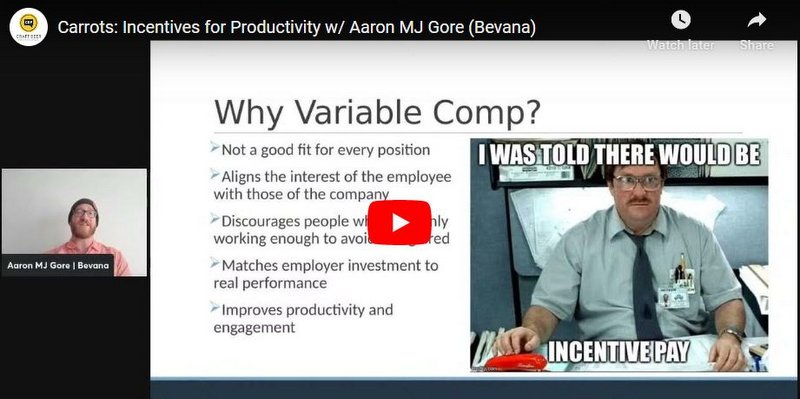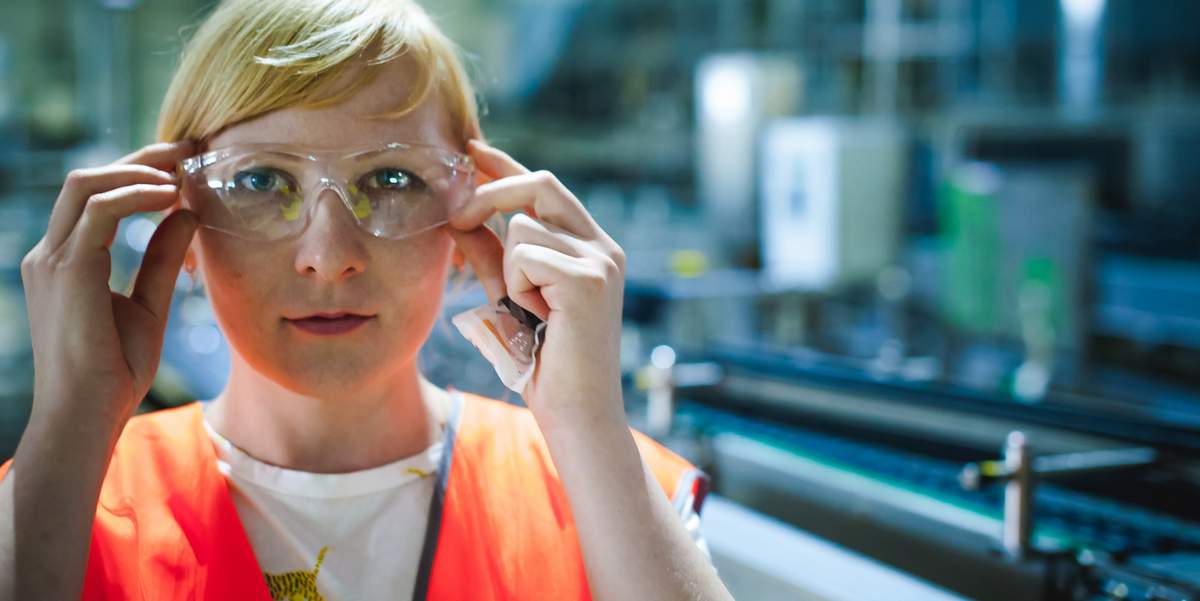
These two questions were always relevant for craft breweries, but feel especially important, post-COVID:
• How do you get customers to come to your taproom at more off-hours?
• How do I diversify my product offering to expand my customer base (but stay true to my brand and level of business)?
An intriguing option that can answer both of those questions at once is: coffee! Everyone’s either second or first favorite drug, that occupies a totally different part of the day and serves a completely different role than beer. Does that make it easier to add? Harder? Just different?
In this Craft Beer Professionals chat some brewery owners and managers that serve both coffee and beer discuss why they chose this model, strategies for success, lessons they’ve learned, and items for you to consider if looking into a similar concept.
This conversation features:
- Lindsey Forsche (Four Keys Brewing)
- Chuck Garrity (Death of the Fox Brewing)
- Corrie Bateman (COVA Brewing Company)
- Morgan O’Sullivan (Flyteco Brewing)
- Steve Dedman (Honey Bee Coffee and Brewery)
Quick takeaways and standout quotes
The difficulty in branding. Pretty much everyone in the chat – whether they started first as a coffee roaster or beer brewer, struggled to get their regular customers to realize that they now did both – even if it was staring them in the face.
“There are a lot of surprising hurdles that you have to overcome with this model of joining a brewery to an existing coffee shop,” says Dedman with Honey Bee. “I didn’t expect to be as heavy of a lift as it has been to get people to see it as a brewery and not coffee shop.”
“It’s much more difficult than getting somebody to come in and try a new beer because people are always looking for new beer, they’re not necessarily looking for new coffee. They’re looking for consistency when it comes to caffeinating their day,” O’Sullivan said.
Tip: Signage matters. Just throwing a “& Coffee House” on your ABC Brewing sign will pay big dividends.
Cross-training employees can really pay off. “Our staff are actually cross-trained to do everything, so we don’t staff for the coffee bar or staff for the brewery,” says Corrie Bateman of COVA. “Everybody does everything, which is a tremendous help with scheduling but also with payout because you have two very different industry standards for pay operating in one building, just how that structure works between base rate and tips. So, we have really benefited from that structure.”
You will likely double your headaches when starting up. From licensing issues and new trademarks to just annoying local politics (depending on where you live) there will be more challenges to get a dual concept up and running.
“We’re the only one in New Jersey because we’ve been grandfathered in … the state of New Jersey has outlawed coffee at breweries, believe it or not, so that’s a whole nother thing, and we’re suing the state of New Jersey right now,” notes Chuck Garrity of Death of the Fox.
But there is big potential in pursuing another product line / revenue stream. Garrity also notes: “Coffee it started as 15 of our business into 2017. It is now 47 of our business. I think that is in due in large part to adding our roastery. During COVID, when our tasting room was shut down, we did a major expansion.”
Morgan O’Sullivan at FlyteCo: “Early on during the shutdown, we had a lot of time to talk, and we saw this big work from home movement, and we’re like ‘hey, what we have a 5,000 square foot beautifully decorated Tap Room with space for people to spread out. How do we capture some of that?’”
You’ll want to check out the full conversation for a ton more lessons learned from those pursuing this intriguing strategy.





Leave a Reply
You must be logged in to post a comment.